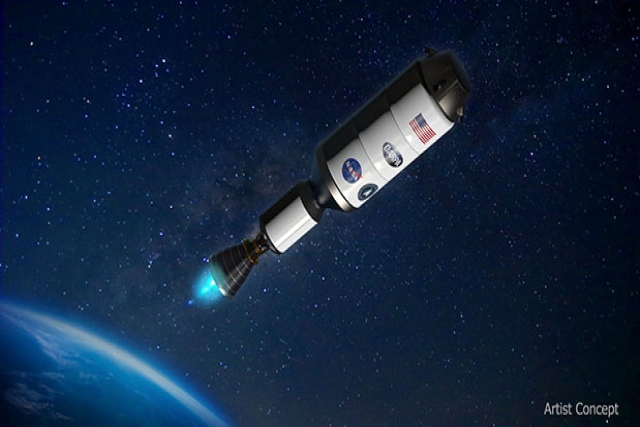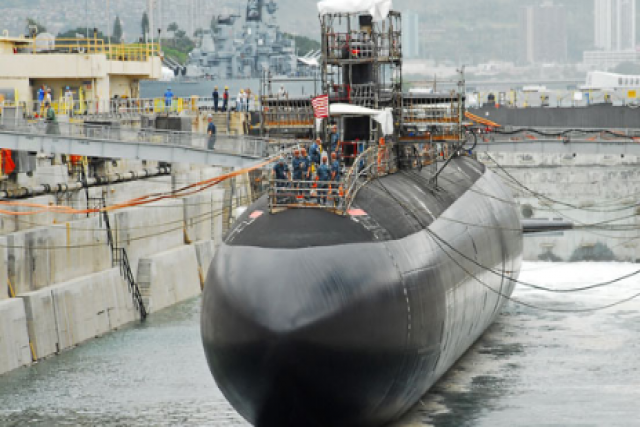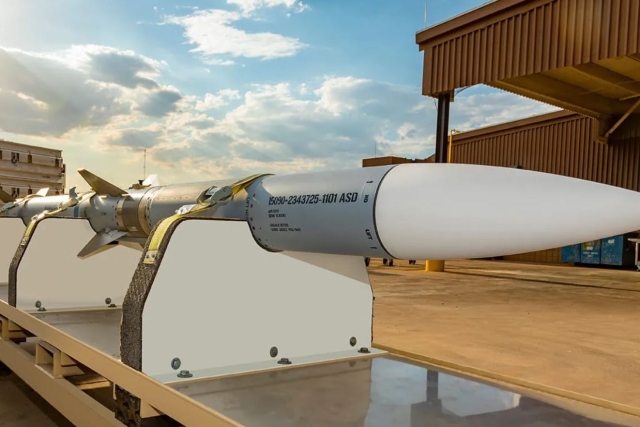DARPA, NASA Collaborate on Nuclear Thermal Rocket Engine

DARPA, via its Demonstration Rocket for Agile Cislunar Operations (DRACO) program, is collaborating with NASA to build a nuclear thermal rocket (NTR) engine that could expand possibilities for the space agency’s future long-duration spaceflight missions.
The goal is to test an NTR-enabled spacecraft in Earth orbit during the 2027 fiscal year. An NTR presents advantages over existing propulsion technologies, such as sending cargo to a new lunar base, humans to Mars, and robotic missions even farther.
NTR propulsion offers a high thrust-to-weight ratio around 10,000x greater than electric propulsion and with two-to-five times greater efficiency than in-space chemical propulsion.
“NASA will work with our long-term partner, DARPA, to develop and demonstrate advanced nuclear thermal propulsion technology as soon as 2027. With the help of this new technology, astronauts could journey to and from deep space faster than ever – a major capability to prepare for crewed missions to Mars,” said NASA Administrator Bill Nelson.
Nuclear thermal rockets have been built before, so DRACO has a head start. About 50 years ago, the technology was tested on the ground. DRACO is now leveraging lessons learned from past NTR reactor technology, but instead of using highly-enriched uranium, DRACO is using high-assay low-enriched uranium (HALEU) fuel to have fewer logistical hurdles on its ambitious timeline. As an added safety precaution, DARPA plans to engineer the system so that the DRACO engine’s fission reaction will turn on only once it reaches space.
Fission, the same process used for nuclear power, is the splitting of atoms. It creates high levels of heat that can turn rocket propellant such as hydrogen from a liquid to a gas phase. In the NTR, that gaseous propellant is accelerated out a converging/diverging nozzle in the exact same way as a conventional chemical rocket engine. The high performance of an NTR is enabled by the reactor passing its heat along to its rocket propellant. DRACO’s proposed solid core NTR temperatures could reach almost 5,000 degrees Fahrenheit, requiring use of advanced materials.
The U.S. Space Force has signaled its support for DRACO with the intent to provide the launch for the demonstration mission.











